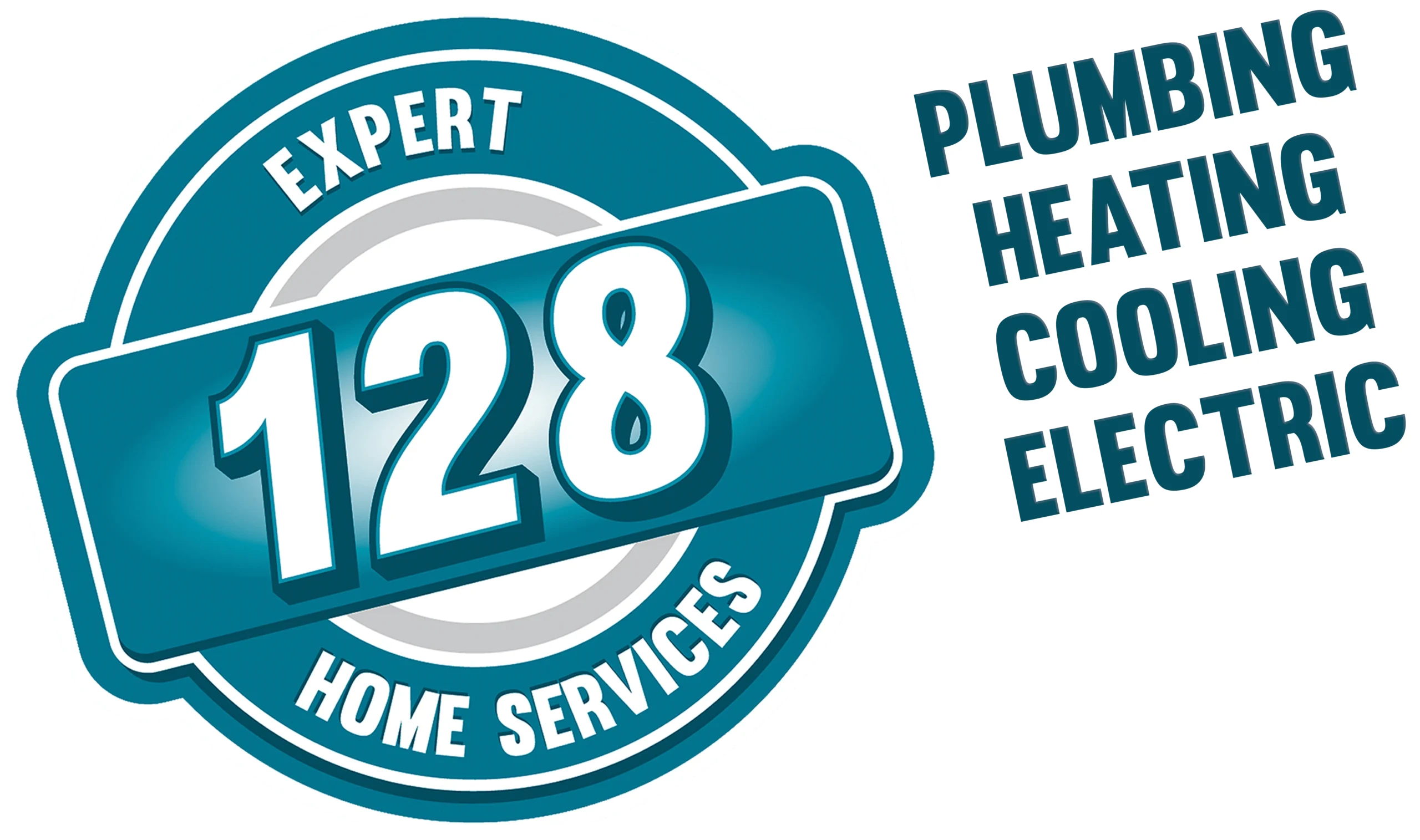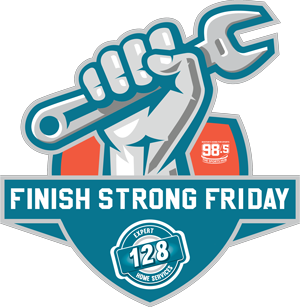
Many Northeast homes are several decades old, which can mean hidden plumbing problems in the sewer line. Cast iron sewer lines often last around 30 years, so older homes could be facing a ticking clock until a broken sewer line becomes an obvious problem.
In New England, the ground might go through several freeze-and-thaw cycles, which shortens the lifespan of the sewer line and leads to cracked sewer lines. When you catch a cracked sewer line early, you might only need routine maintenance, but if the line fails completely, you could be facing a big bill to patch the cracks and the resulting damage. Keep reading to find out some of the most common signs and symptoms of a broken sewer line.
1. You Have Backed Up Drains
The first sign of an issue with the sewer line might be a backed-up drain. Dirty or standing water coming up from a drain usually means a blockage somewhere along the sewer line. The drain at the lowest point is usually where water backs up, so if you have a sewer line blockage affecting the bathroom, the backup point might be the tub or shower.
If backups occur occasionally or always on the same drain, the blockage is likely internal and only affecting part of the sewer line system. If the drain backs up every time you use it, or you have issues throughout the house with slow drains, it could mean that the main sewer line has an issue. Slow drains are unhygienic, and you could have half a dozen or more drains to worry about throughout your home. A slow drain leaves standing water in your home, which is a good sign that something is broken.
The first step to see if the problem is a major issue might be to clean the sewer pipes. If that doesn’t help, contact a 128 Plumbing expert to get help diagnosing the problem. A video inspection can quickly reveal tree root intrusion, channeling, cracks, and misaligned sewer pipes.
2. Your House Smells Like a Sewer
While the bathroom odor might waft through the house occasionally, your house should never smell like a constantly full toilet, unless you have a cracked or broken sewer line. The smell of an open sewer can linger through or around your house. An open sewer is a broken sewer. Your sewer line should be airtight and totally odorless, with no cracks or breaks. If you start noticing an odor that might be a sign of a cracked sewer pipe or line, you should get an inspector out ASAP to avoid health and safety issues related to raw sewage and broken sewer pipes or lines.
3. You Have a Sudden Mold Issue
Black spots on the walls or mold along the baseboards could be signs of a sewer leak behind the walls of your home, or of a cracked sewer line. Some types of mold can begin growing at relatively low humidity levels, and just a small leak can mean major issues. Sewer lines tend to leak warmer fluid, which all adds up to moisture, and eventually, mold. If you notice any mold, be sure to do a sniff test in the area you suspect might be housing a cracked line. The combination of a sewer smell and mold almost always means a broken sewer pipe.
4. You Have a Slow Moving Drain
You may have one drain moving more slowly than the rest. When water drains slowly, it might be a sign of a constricted sewer line that might eventually block completely. A slow sewer drain also means more soap rings and chores to keep things clean. If the drain moves slowly enough, it might even provide a breeding ground for pests, or make it difficult to schedule showers. If clearing the line with a plunger or other tool doesn’t help the slow drain, it might mean an external issue, such as cracks or root intrusion in the sewer pipe, but in the very early stages. Try to avoid using chemical cleaners in your drain. Chemicals might eat away at the blockage in your drain, but as they sit, they can also eat away at the sewer line.
5. Your Grass Looks Great in Spots
While most homeowners enjoy seeing the lush green of a well-cared-for lawn, it might also be a sign of a sewer line leak or a broken mainline. A broken sewer line or leak dumps what amounts to fertilizer into the ground, giving parts of your lawn some extra nutrition. The areas directly surrounding the sewer line leak might become lush and greener than the rest of the lawn. If you suspect a broken line, give the lawn a once-over to check for unexplained patches of greenery.
6. There’s An Emerging Valley in the Yard
If one area of the yard starts to sink, creating a depression in the lawn or under paving stones, it might be a sign of a cracked sewer line. A broken sewer line drops a lot of moisture into the ground, making it wet and hastening erosion. Over time, the ground may dip in along the sewer pipe, creating a channel that runs the length of the sewer line.
7. Sudden Sinkholes or Shifts in the Foundation
One of the biggest and most expensive signs of a broken sewer line is foundation issues. When the water from the broken sewer line seeps under the house, it can lead to a cracked foundation, cause the entire house to settle, or even create sinkholes, depending on the terrain.
The leaking sewer line washes away water under the ground, creating an unstable cavern or void. Eventually, the ground on top tries to fill in the hole, which is when you might notice issues, such as cracks, in the foundation. As your house settles into the depression left by leaking water, you might notice a cracked foundation. If the void is large enough, it could lead to a sinkhole, though cracked foundations are much more common.
The instant you notice any trouble with your home’s foundation, contact a 128 Plumbing technician immediately. The faster you stop the ground erosion, the more likely you are to save your home.
8. Sewage Waste Starts Seeping to the Top
When you get a small (or large) puddle of wastewater in your yard, it’s a pretty obvious sign of a broken sewer line. If you have a septic tank, the tank might need to be replaced or repaired. If you’re on city water and sewage, you might need to check for clogged drains. Some storm drain systems can fill up and overflow into the sewage system, creating backups. A cracked mainline is another possible cause that could lead to a pool of sewer water. In many cases, pooling sewage makes it easier to identify the trouble, as the cracked or leaking line is often directly below.
9. You Notice an Increase in the Rodent Population
If you notice a sudden explosion in your rat population, it could be a sign of a broken sewer line. Rodents, particularly rats, can and do live in city sewers. A rat might fit through an opening that is no bigger than a quarter, which is smaller than the diameter of your main sewer line, so all the invader needs is a broken line to sneak out of. Not only can rats carry diseases, but they also chew through wires and wood, destroying your home. A big enough crack in your sewer line is an invitation to neighboring rodents.
If the exterminator can’t seem to get the rat problem out of your house, contact 128 Plumbing for an inspection. The faster you plug any broken sewer line holes, the less damage rats will have time to cause.
10. You Have a Sudden Insect Infestation
While a rat might struggle through a small hole, a cockroach sees sewer lines as wide avenues, as do flies and other insect pests. Once you get an insect infestation, it can seem like you’ll never get rid of the bugs. Laying traps and spraying poison might bring the issue under temporary control, but it rapidly returns. When you have an insect problem that nothing seems to help, you’ll want to start checking possible entry points, like broken sewer lines.
Just about any bug can make its way through a cracked sewage line. Some cockroaches might fit through a hole as thin as a dime. If you’ve gone through a couple of rounds of extermination with no end in sight, you might want to bring in a plumbing expert from 128 Plumbing.
If you think you have a crack or break in your sewer line, call our experts at 128 Plumbing today or request an appointment so we can evaluate your situation and give you a prompt estimate.


